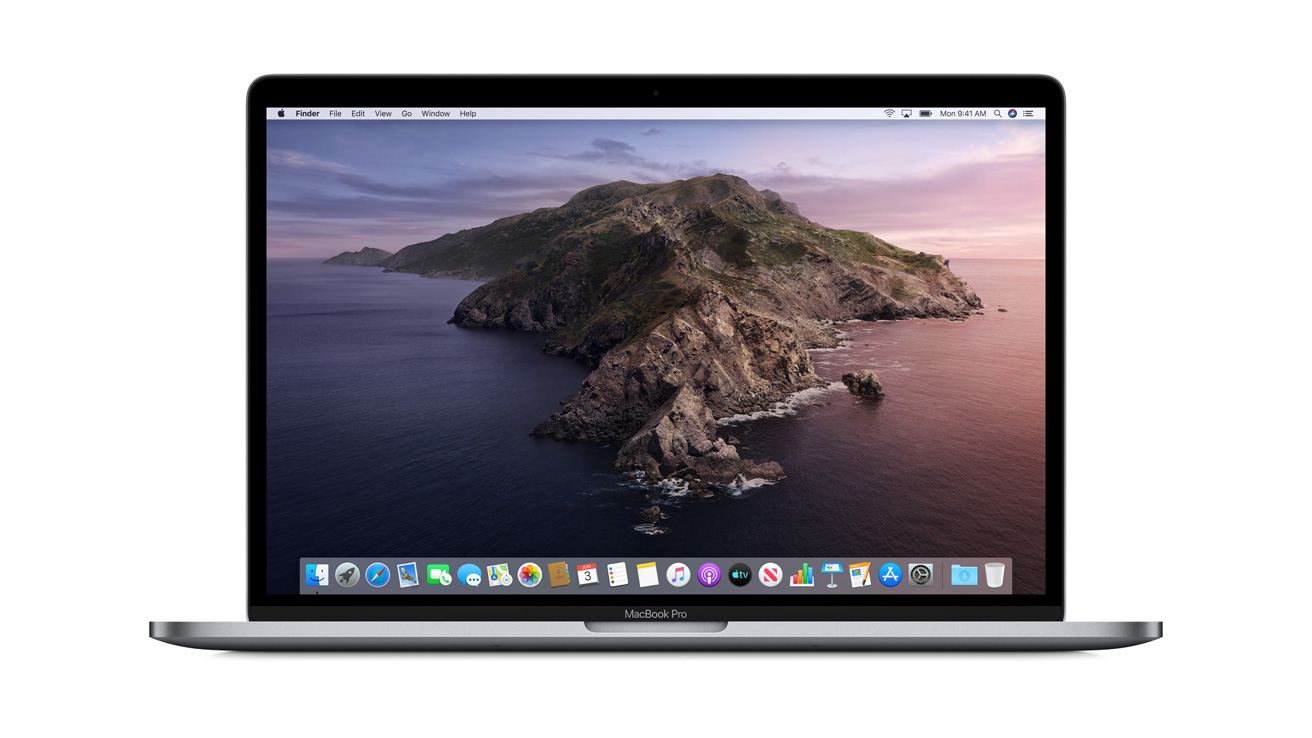Use the Accessibility Options panel on Mac
The Accessibility Options panel offers shortcuts to quickly turn on or turn off common accessibility features such as Zoom, VoiceOver, and Sticky Keys.
If you don't need B to exit immediately - if it's OK to wait a few seconds - then you could schedule a periodic background task (using cron or even just iCal) that does something like this: if not exists (processes where name is A) tell application B to quit end if. Before you upgrade, we recommend that you back up your Mac. If your Mac is running OS X Mavericks 10.9 or later, you can upgrade directly to macOS Big Sur. You’ll need the following: OS X 10.9 or later; 4GB of memory; 35.5GB available storage on macOS Sierra or later. Some features require an Apple ID; terms apply. How to defrag a Mac for free. As we’ve explained, you probably don’t need to defrag your Mac, and if you decide you do, you could try one of the tools mentioned above - although we’d suggest.
Learn about the Accessibility Options shortcutMac accessibility shortcuts
Accessibility shortcuts help you control your Mac with a keyboard or assistive device. You can also ask Siri to help with some accessibility features.
Mac accessibility shortcutsVoice Control
With Voice Control, you can navigate and interact with your device by using your voice to tap, swipe, type, and more.
Learn how to use Voice ControlUse audio descriptions
Audio descriptions allow you to hear narration describing a video clip, show, or movie.
Learn how to enable audio descriptionsUse Screen Curtain with VoiceOver
Screen Curtain with VoiceOver allows you to turn off your display for privacy or if you don't need the display.
Learn how to use Screen Curtain with VoiceOverMake and receive RTT calls on your Mac
Starting with macOS Mojave 10.14.2, you can use the RTT (real-time text) protocol for conversational text calls.
Learn about RTT callsTurn on closed captions and subtitles
Alternative audio languages, closed captioning, subtitles for the deaf and hard of hearing, and audio-described content is available for some video content.
Learn how to set closed captions and subtitlesResources
Have a question?
Ask everyone. Our Apple Support Community can help you find answers.
Ask the Apple Support Community
Tell us how we can help
Answer a few questions and we'll help you find a solution.
Get supportClosed / Needs Mac Os Download
You can use an external display or projector with a Mac notebook while its built-in display is closed. This is known as closed-clamshell or closed-display mode.
Check requirements
Closed / Needs Mac Os Sierra
To use closed-display mode with your Mac notebook, here's what you need:
- An AC power adapter or an external display that provides power over USB-C or Thunderbolt 3 (USB-C).
- An external keyboard and mouse or trackpad, either USB or wireless.
- A USB-C to USB adapter or cable if you're using a USB mouse or keyboard with a Mac that has USB-C ports.
- An external display or projector.
Enable closed-display mode
- Connect your USB keyboard or mouse to your Mac or external display, or pair your Bluetooth keyboard or mouse with your Mac. If you use a Bluetooth keyboard or mouse, choose Apple () menu > System Preferences, click Bluetooth, then verify Bluetooth is on.
- Connect your Mac to power with the AC power adapter. Some external displays, like the LG UltraFine 5K, also charge your Mac.
- Connect your external display or projector to the appropriate port on your Mac. Use an Apple video adapter if necessary. Some external displays have a USB cable that needs to be connected to your Mac.
- After your Mac notebook's desktop appears on the external display, close your computer's lid. You might have to press a key or click your mouse to wake the external display.
If your external display or projector doesn't turn on after you connect it to your Mac, connect your display while your Mac is asleep or off, then wake or turn on your Mac.
Disconnect your display or projector
Before you disconnect your display or projector, put your Mac to sleep.
Choose Apple () menu > Sleep, then disconnect your display or projector.